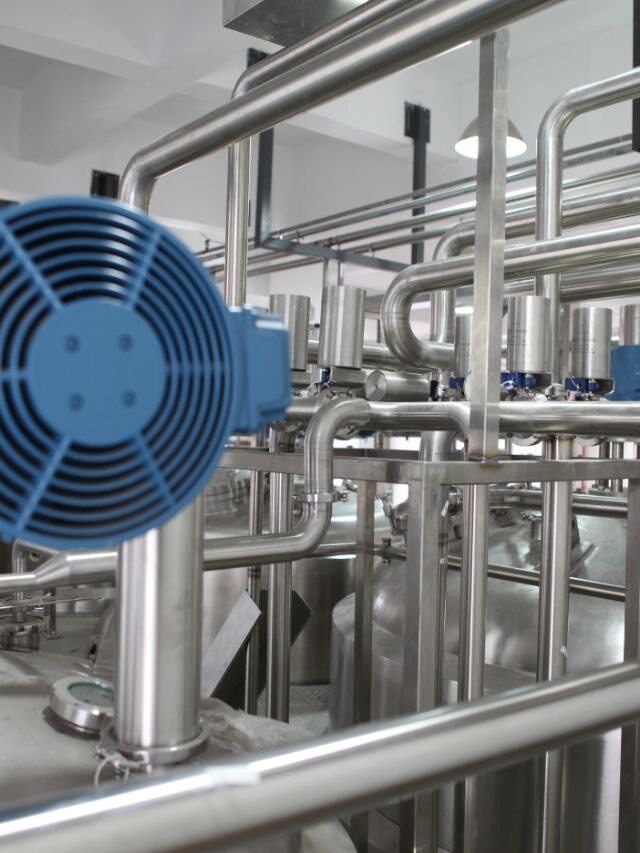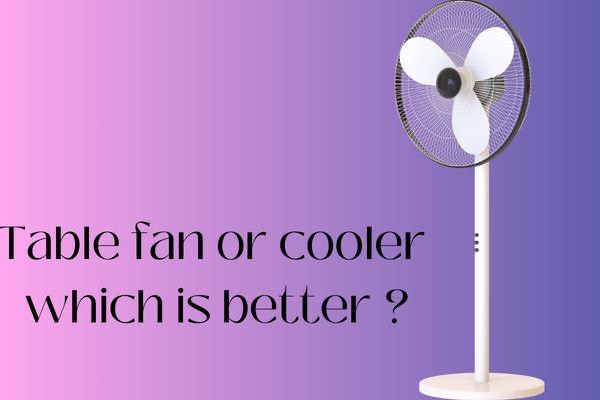Introduction of How do exhaust fan in kitchen work
With all that delicious cooking comes a not-so-delicious side effect: lingering odors and smoke. That’s when you wonder how do exhaust fan in kitchen work to save the day (and your nostrils!). In this blog post, we’ll dive into the inner workings of these unsung heroes of modern kitchens and learn how they efficiently whisk away unwanted smells and fumes. So buckle up your apron strings as we explore how do exhaust fans in the kitchen work their magic!

Types of exhaust fan in kitchen
When it comes to choosing an exhaust fan for your kitchen, there are a few different options available.
1. Wall-Mounted Exhaust Fans: These fans are mounted on the exterior wall of your kitchen and work by drawing air out through a vent. They are ideal for kitchens with limited space or where ceiling installation is not possible.
2. Ceiling-Mounted Exhaust Fans: As the name suggests, these fans are installed directly into the ceiling of your kitchen. They effectively remove smoke, odors, and moisture from the air and can be operated using a switch or remote control.
3. Under-Cabinet Exhaust Fans: If you have limited space in your kitchen or prefer a more discreet option, under-cabinet exhaust fans might be the best choice for you. These fans are installed beneath cabinets above stoves or cooktops and help remove steam and cooking fumes efficiently.
4. Downdraft Exhaust Fans: Unlike other types that suck air upwards, downdraft exhaust fans pull air downwards towards them before expelling it outside through ductwork hidden beneath countertops or floors. This makes them an excellent choice for island cooktops where traditional overhead ventilation may not be feasible.
Remember that each type of exhaust fan has specific installation requirements and considerations which should be taken into account while selecting one for your kitchen setup!
How do exhaust fan in kitchen work
The exhaust fan in the kitchen is a vital component that helps keep your space free from smoke, odors, and excess moisture. But have you ever thought how do exhaust fan in kitchen work ? Let’s dive into the inner workings of an exhaust fan and unveil its magic!
When you turn on the exhaust fan in your kitchen, it creates suction that draws in air from the surrounding area. This air then passes through a series of filters that help capture grease particles and other contaminants. These filters are designed to prevent them from entering your ductwork.
Once the air is filtered, it is propelled out of your home through a vent or chimney. The force behind this movement comes from an electric motor inside the fan unit. This motor spins a set of blades or impellers at high speeds, creating airflow and pushing the filtered air outside.
In conclusion ,understanding how do exhaust fan in kitchen work can help you make informed decisions when choosing one for your kitchen or when troubleshooting any issues that may arise with existing ones. So next time you turn on your trusty exhaust fan while whipping up delicious meals, remember its hardworking mechanism silently working behind-the-scenes!
How do you install exhaust fan in kitchen?
Installing an exhaust fan in your kitchen can help to improve air quality and remove unwanted odors. Here’s a step-by-step guide on how to install an exhaust fan in your kitchen.
First, you’ll need to choose the right location for the exhaust fan. It should be positioned near the cooking area to effectively remove smoke, steam, and other pollutants. Make sure there is enough space between the fan and any cabinets or obstacles.
Next, mark the opening for the exhaust fan on the wall or ceiling. Measure with scale ensure accuracy. Then, cut out the marked area using a saw or utility knife.
Once you have created the opening, mount the exhaust fan housing into place using screws or brackets provided with the fan. Ensure that it is securely attached.
Afterwards, connect electrical wires from your power source to the wiring of the exhaust fan. Make sure all connections are secure by using wire connectors or electrical tape.
Attach any necessary ductwork from the back of the exhaust fan housing to an external vent outside your home. This will allow for proper ventilation of air and pollutants.
Remember to follow manufacturer instructions specific to your chosen model during installation for best results!
Size chart for Exhaust fan in kitchen
When it comes to installing an exhaust fan in your kitchen, one important factor to consider is the size of the fan. A properly sized exhaust fan ensures that all the smoke, odors, and moisture from cooking are effectively removed from your kitchen.
The size of the exhaust fan is determined by the square footage of your kitchen. Generally, for a small kitchen with an area less than 100 square feet, a 30-50 CFM (cubic feet per minute) exhaust fan would be sufficient. For medium-sized kitchens ranging from 100-200 square feet, a 50-80 CFM fan should do the job. And for larger kitchens exceeding 200 square feet, it is recommended to install an exhaust fan with a capacity of at least 80 CFM.
However, keep in mind that other factors like ceiling height and cooking habits can also influence the size requirements. If you have high ceilings or frequently cook foods that produce more smoke or steam, you may need to opt for a larger capacity exhaust fan.
To determine the exact size needed for your kitchen’s ventilation needs, it’s advisable to consult manufacturers’ guidelines or seek assistance from professionals familiar with HVAC systems.
Remember that proper sizing is crucial for optimum performance and efficiency of your kitchen’s exhaust system. So take some time to evaluate your specific requirements before making a decision on which size chart to follow when installing an exhaust fan in your kitchen!
Position for installing exhaust fan in kitchen
When it comes to installing an exhaust fan in your kitchen, the position is crucial for its effectiveness. The main purpose of an exhaust fan is to remove smoke, odors, and moisture from the air, so it needs to be strategically placed.
Ideally, the exhaust fan should be installed near the stove or cooktop. This allows it to quickly capture and remove any cooking fumes or steam that are being produced. Placing the fan too far away may result in less efficient ventilation.
Another important consideration is the height at which you install the exhaust fan. It should be positioned high enough so that it can effectively draw out hot air and steam without being obstructed by cabinets or other obstacles. However, you don’t want it to be too high either as this may reduce its efficiency.
In addition to placement near the cooking area, many experts recommend positioning an exhaust fan close to a window or exterior wall if possible. This makes venting outside much easier and helps prevent any lingering odors from spreading throughout your home.
Consider factors such as electrical wiring and ductwork when deciding on a suitable position for your kitchen’s exhaust fan installation. It’s always best to consult with a professional who can assess your specific kitchen layout and provide expert advice tailored to your needs.
Remember, proper positioning of your kitchen’s exhaust fan will ensure optimal performance in keeping your space clean and fresh while minimizing any potential health hazards associated with indoor pollutants generated during cooking activities
FAQs on exhaust fan in kitchen
1. Which one is good, a chimney or an exhaust fan?
Ans.Both a chimney and an exhaust fan serve different purposes – a chimney is ideal for effectively removing smoke and odors from a fireplace or stove, while an exhaust fan is better suited for ventilation in areas such as kitchens and bathrooms.
2. Are there any rules related to exhaust fans in a kitchen?
Ans.Yes, there are a few rules related to exhaust fans in a kitchen – they should be properly sized for the space, vented to the outside, and comply with local building codes for safety and efficiency.
3.What are the drawbacks of an exhaust fan in a kitchen?
Ans.Some drawbacks of an exhaust fan in a kitchen include noise pollution and potential energy loss if not used efficiently.
4.Do kitchens need exhaust fans?
Ans.Exhaust fans are not mandatory, but they are highly recommended for kitchens as they help remove unpleasant odours, excess moisture, and airborne pollutants, improving air quality.
5. How often should I clean my kitchen’s exhaust fan?
AnsRegular maintenance is essential to ensure optimal performance of your kitchen’s exhaust fan. Cleaning frequency may vary depending on usage but aim to clean or replace filters every three months at least.
Conclusion
Exhaust fans in the kitchen play a crucial role in maintaining good air quality and ventilation. They effectively remove odors, smoke, and excess moisture from cooking activities, making your kitchen a more comfortable and healthier space.



